There’s nothing quite as tasty (or as refreshing!) as an ice-cold glass of milk first thing in the morning.
Whether you prefer chocolate milk, milk on your cereal, or a glass of milk as a snack all by itself, there’s something to be said about this all-purpose beverage.
Often viewed as a “complete food,” milk is good not only for you - but also for your garden. In fact, your plants appreciate a nice drink of milk just as much as you do.
If you have a few extra gallons lying around - or perhaps some that just slid past its expiration date - you may want to consider these 10 excellent milk uses in the garden.
Jump to:
- Ways to Use Milk in Your Garden
- 1. As a Fertilizer
- 2. Disinfect Your Tools
- 3. As a Pesticide
- 4. As a Fungicide
- 5. Treat Roses for Black Spot
- 6. Improve Soil Activity
- 7. Prevent Blossom End Rot
- 8. Improve Disease Resistance of Your Plants
- 9. Grow Stronger Grass
- 10. Use with Molasses
- Tips for Using Milk in the Garden
- Bonus idea
Ways to Use Milk in Your Garden
When talking about milk, we are speaking of good old-fashioned cow's milk or dairy milk. While there may be benefits in some of the soy, almond, or coconut milk in many parts of your life, it's not necessarily as good in your garden. So, reach for dairy milk for these uses.
If you are new to gardening and want more tips for using household supplies in your garden, we have you covered. There are tons of ways to use wood ash in your garden, ways to use eggshells in your garden, and ways to use white vinegar in your garden. That's not all! You'll find amazing tips below for milk and other handy tools you may already have on hand to create a thriving garden harvest this year.
1. As a Fertilizer
You probably already know that milk is a fantastic source of calcium. But did you know that you can use it to feed your plants, just as you use it to feed your own bones?
You can whip up a fertilizer mixture with equal parts water and milk. Spray it around your plants and water at their base, or simply use it as a foliar spray.
When using milk as a foliar spray, be sure to wipe off the excess if it isn’t absorbed right away. If you are using milk as a fertilizer, don’t apply any chemical fertilizers afterward. This can affect the main components that help the plants, negating its beneficial effects.
Other ideas for fertilizing your garden include this list of DIY garden fertilizers or using something like Dr. Earth Life Organic Fertilizer that is ready-made and full of the right kind of nutrients.
2. Disinfect Your Tools
It’s vital that, at the end of each growing season, you disinfect your gardening tools. This can prevent viruses from being transmitted to next year’s fresh crop of plants. Rather than using a toxic solution of bleach to clean your tools, why not use milk? To do this, you’ll just need to dip gear like scissors and pruners in a bowl of milk.
When used correctly, a milk-based solution can stop the spread of all kinds of diseases, like the tobacco mosaic virus. Plus, your tools will be better able to withstand rust and corrosion, too. If you find some of those tools are in need of being retired at the end of the season, you might like these great ideas to upcycle old garden tools.
3. As a Pesticide
Milk can even be used as a pesticide. It is particularly effective against aphids and similar soft-bodied insects like spider mites and thrips. Make a spray (just as you would if you were using milk to fertilize your plants) and apply it to the leaves and other affected areas of your plants.
There are tons of homemade insecticides you can make alongside milk, depending upon your individual plant needs. While I rarely recommend using chemical-laden products, in a pinch, you can also use Fox Farm Force of Nature products if needed.
4. As a Fungicide
It’s also an effective fungicide. You can use milk to combat fungal issues like powdery mildew. To do it, just whip up a diluted mixture and spray it on the surface of the leaves. They’ll be far less susceptible to fungal infections.
If fungus is part of why you have yellowing tomato leaves, this is a great choice for getting rid of them!
5. Treat Roses for Black Spot
Black spot is a disease to which many plants, including roses, are prone. You can easily prevent and treat it with a bit of milk.
Usually, the black spot is caused by a fungus named Diplocarpon rosae. This irritating fungus prefers warm, wet, and humid conditions.
If you don’t treat black spots, it can cause your plants to completely defoliate. Prevent black spots by making a diluted milk spray with one part milk to two parts water. This will serve as a powerful fungicide and bactericidal treatment. Just apply it wherever the disease happens to be a problem.
If you haven't planted roses yet, below are some of our favorite varieties to add to your garden.
- Pink Drift Groundcover Rose - perfect for filling a garden space with a single plant.
- Ebb Tide Rose - has dark purple petals that are stunning in bloom.
- Easy Elegance Como Park Rose - has dark pink petals and large blooms.
- Chihuly Rose Tree - grows 2 to 3 feet high and has salmon-colored blooms that have varying shades of orange and yellow.
- Dublin Bay Rose - the classic rich red color of roses that you know and love.
6. Improve Soil Activity
When used as a fresh spray in the garden, milk can help feed the soil, both in terms of the nutrients your plants need as well as beneficial microorganisms. It improves the rate of reproduction of various microorganisms and microbes found there.
As a result, you’ll notice that your plants gradually improve their ability over time to absorb air, water, and nutrients. The soil will become more aerated and porous, which means that all of these elements will travel through more freely.
7. Prevent Blossom End Rot
Blossom end rot is a disease that is found in all kinds of tomatoes. Caused by a calcium deficiency, you may have seen this disease when your tomato gradually begins to rot from the bottom up. Usually, this happens just as your fruit is beginning to ripen.
Unfortunately, once blossom end rot settles in with your plants, there’s no good way to fix it. The best way to prevent it, though, is to use some milk when you plant your tomato plants in the spring.
Powdered milk works best, but you can also use liquid milk (as a foliar spray) later on in the growing season. It will help supply your soil with calcium and keep your plant fertilized throughout the summer months. Yes, your plants need calcium just like you do!
One word of caution, though. If you use milk on or around your tomato plants, be careful about leaving too much on the surface of the leaves in your garden. If it stays there for a long time, it can lead to some fungal issues. Just wipe it off or finish it off with a water spray if you think it’s been on there too long.
If you've struggled, you may want to check out this list of things to never do in a vegetable garden. It might surprise you how you may be sabotaging yourself unknowingly.
8. Improve Disease Resistance of Your Plants
A research study by the University of Vermont Extension found that crops sprayed with milk were better able to grow - and to stay disease-free - than those that were not treated. Likely, this is because the potassium, calcium, and other nutrients in the milk helped to fortify the plants and make them more resilient to various types of pathogens.
9. Grow Stronger Grass
A study conducted by a Nebraska farmer, David Wetzel, in conjunction with a local agricultural extension found that fertilizing pasture space with milk could dramatically improve gas production. Likely, this is because milk improves the ability of various grass species to store nutrients and of the soil to absorb water and air.
Tip: Use these DIY aerators to make your lawn more beautiful!
10. Use with Molasses
When used with molasses, milk can help to feed and manage the various microorganisms that are found in your soil.
Combine one cup of milk with four cups of water and three tablespoons of molasses. This will create a nutrient-rich formula with which you can feed your plants.
Best yet, it’s an organic method of gardening that you can really feel good about! No chemicals required.
Tips for Using Milk in the Garden
You can use just about any kind of milk in the garden, including fresh or powdered milk. Steer clear of flavored milk, though, like strawberry or chocolate milk, as these could have added ingredients that might harm your plants.
When you're ready to use milk on your plants, put some in a spray bottle and use it to sprinkle on the leaves of your plants. They Will absorb the milk with ease - with one consideration to keep in mind.
Try not to use too much milk all at once. In other words, you shouldn’t dump an entire gallon of milk around a single plant. The bacteria in the milk can cause it to spoil when exposed to the sun, leading to an increased likelihood of rot (and some stinky odors!) around your plants.
Also, if you can, use whole milk that has not been heat treated. Pasteurized milk has fewer essential nutrients, and while it will still provide a boost to your garden, untreated milk is best. Whole milk is better than skim, too, which has been linked to an increased incidence of black rot and soft rot in cruciferous crops (like broccoli).
Otherwise, apply milk as it’s needed in your garden. With all of these uses for milk in the garden to be considered, there’s no reason to dump that outdated gallon down the drain. As long as it doesn’t smell too funky, consider using it for one of these versatile applications this summer.
Bonus idea
Use milk jugs as seed starting pots or mini-greenhouses.


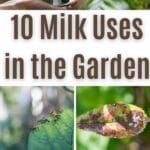




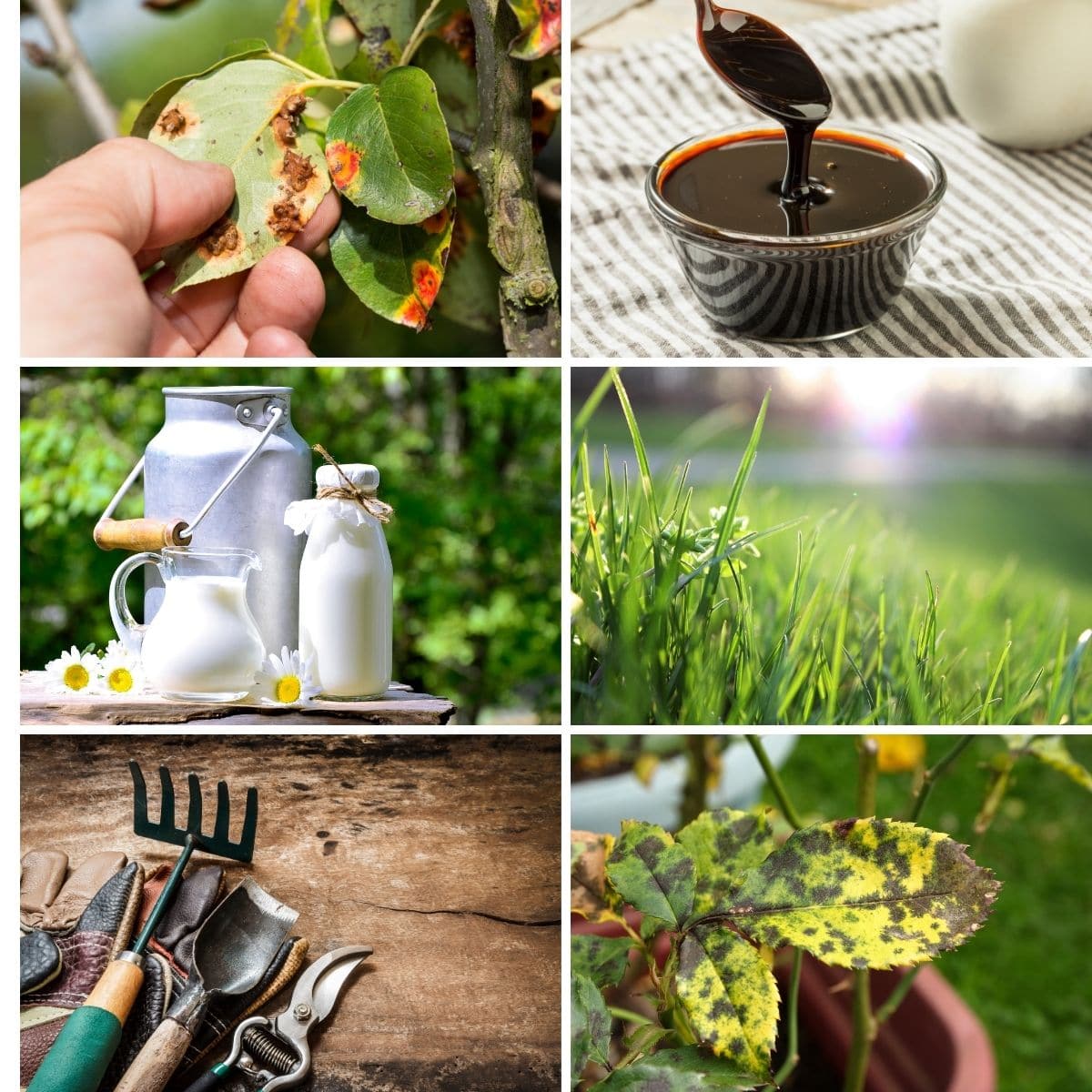
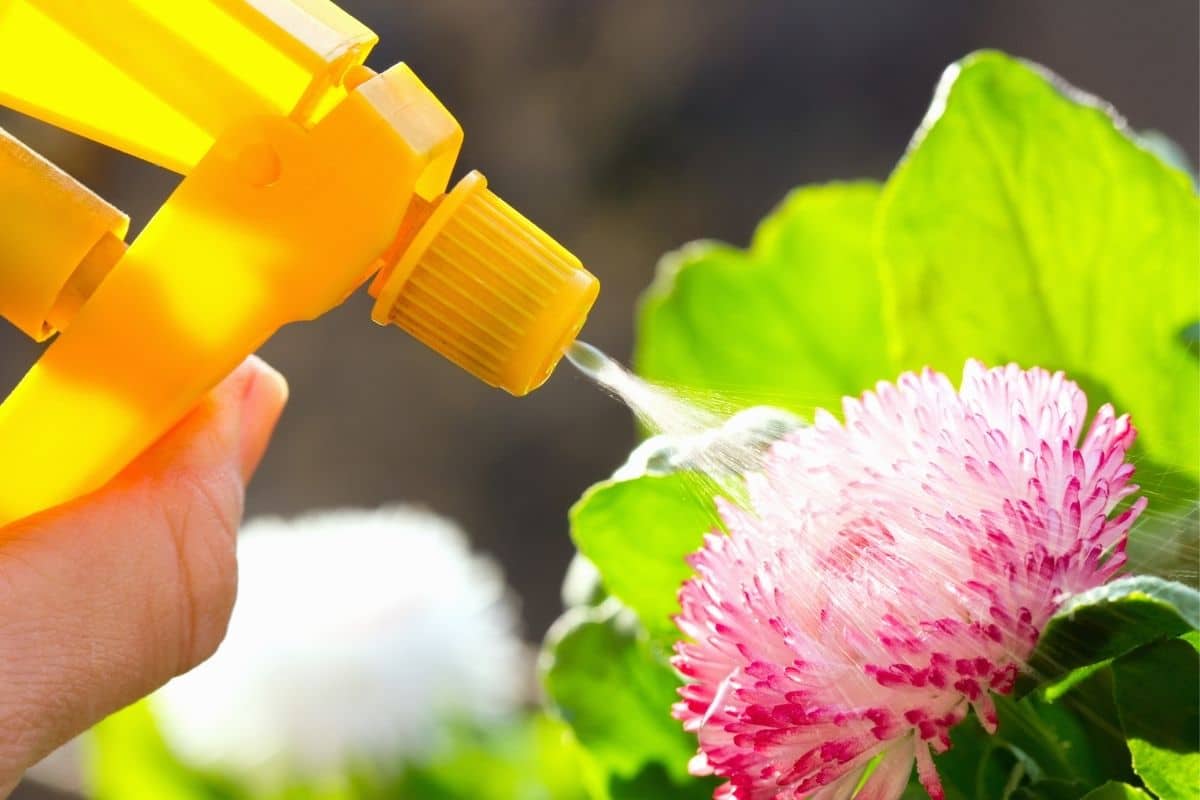

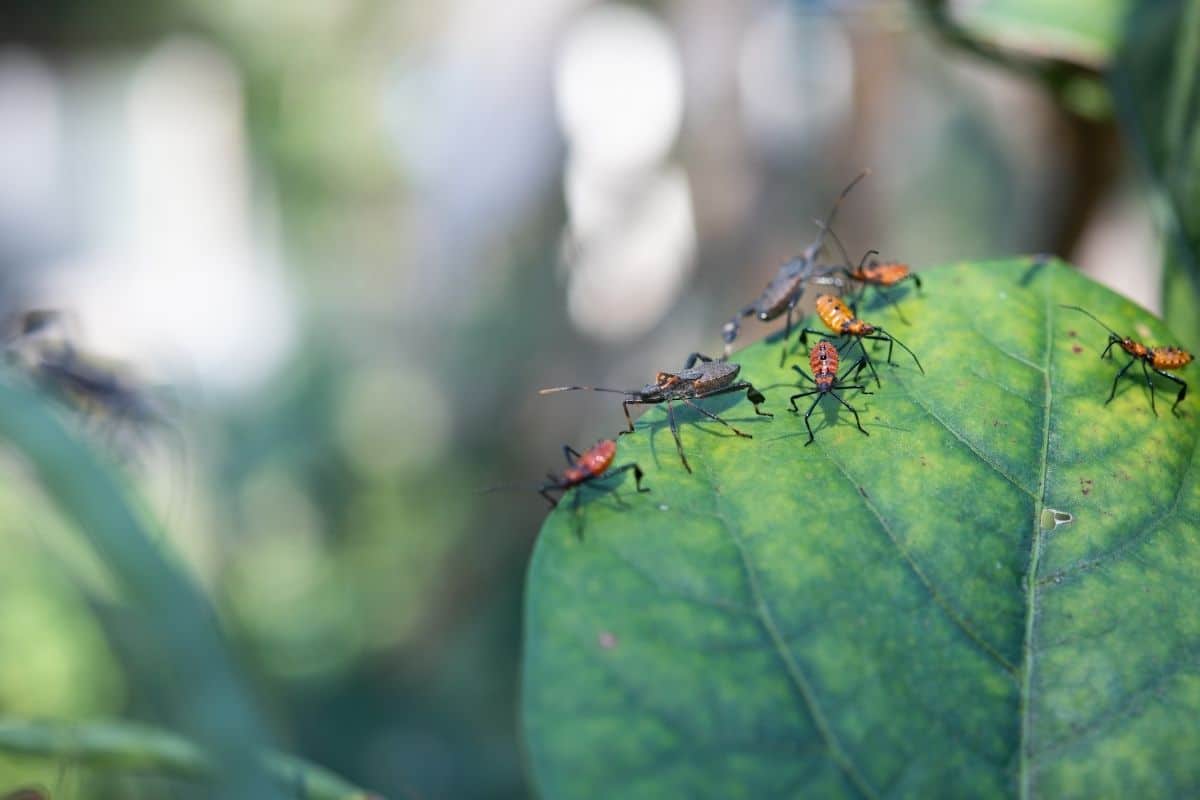
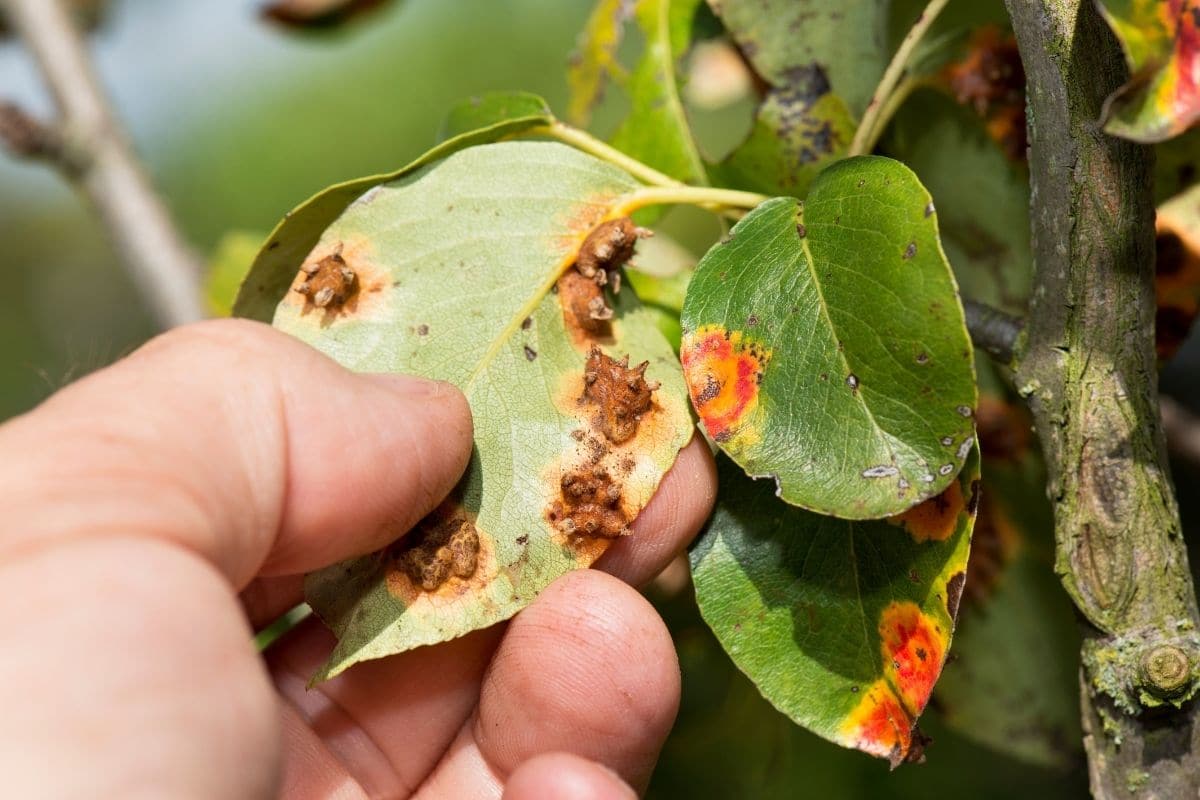
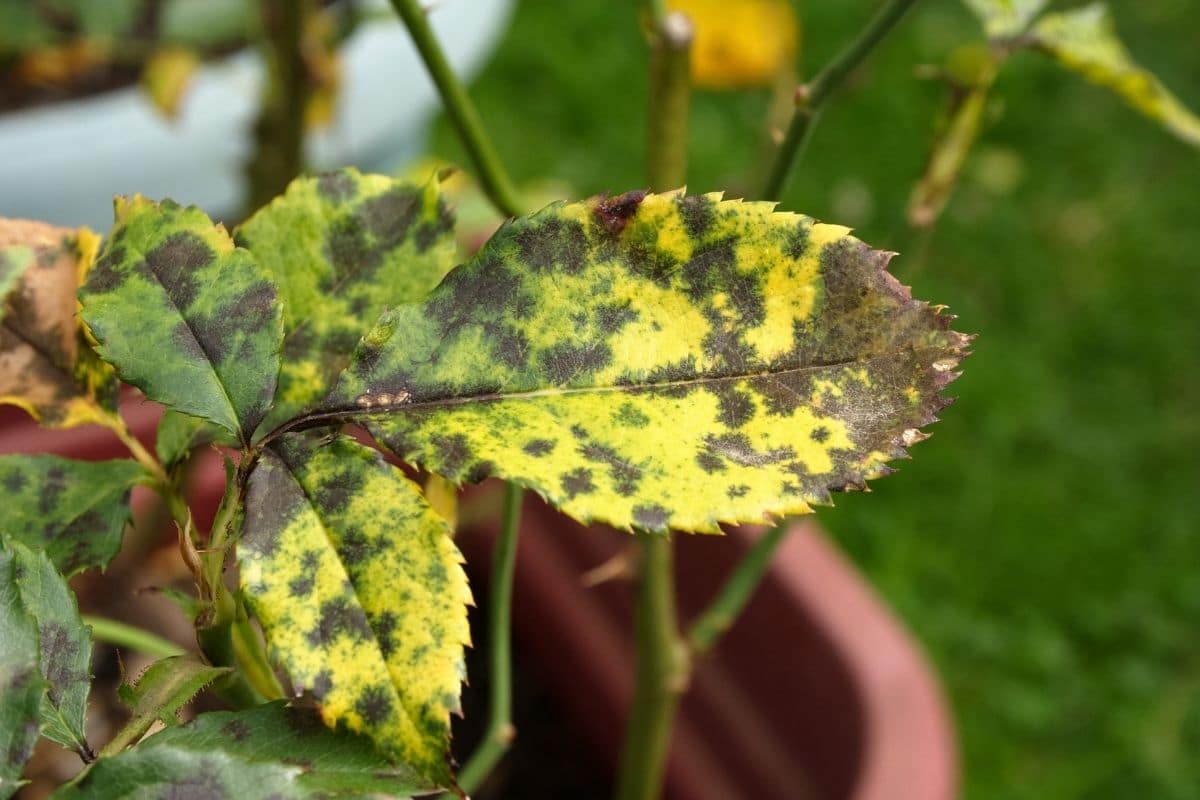
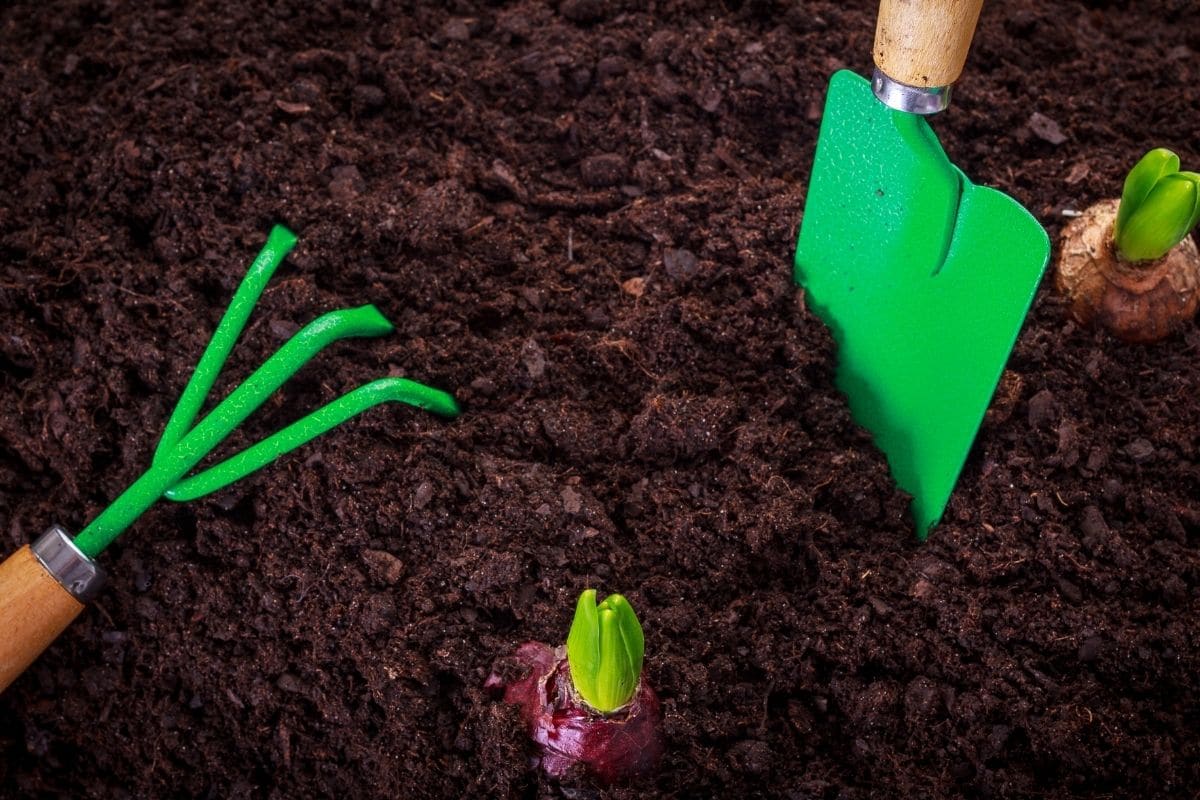
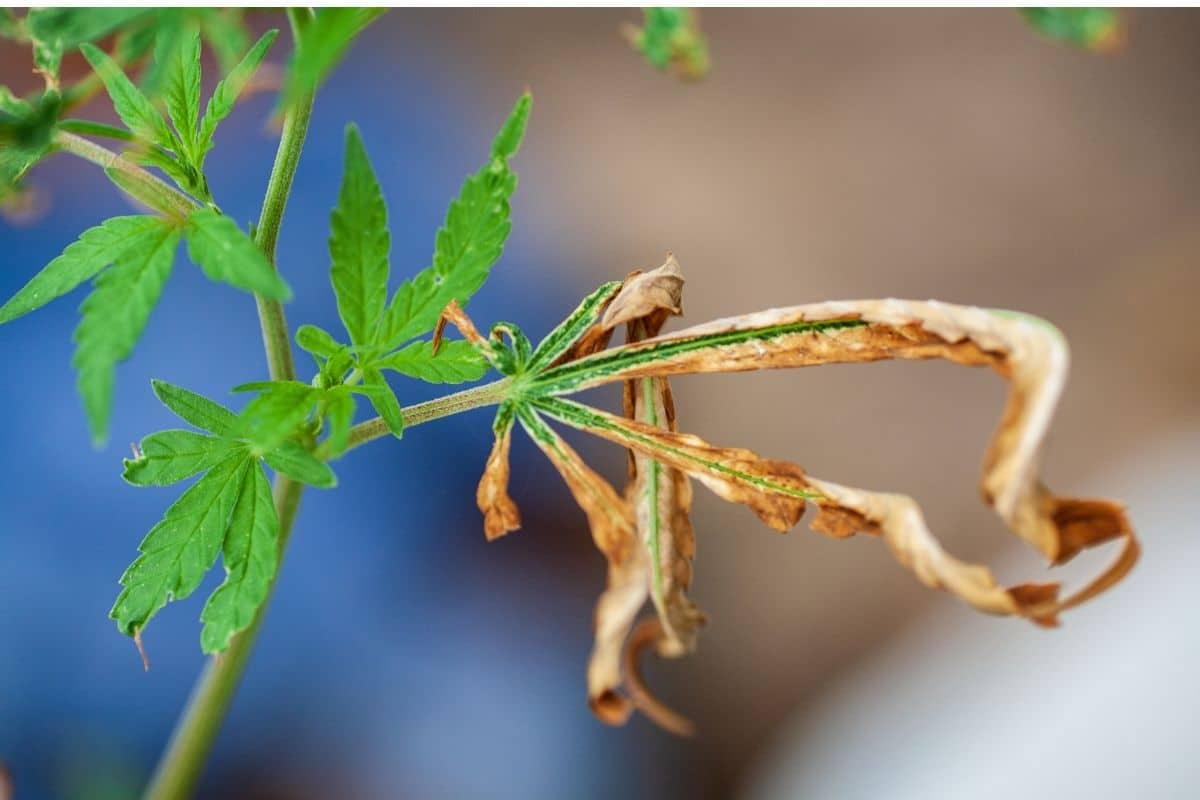
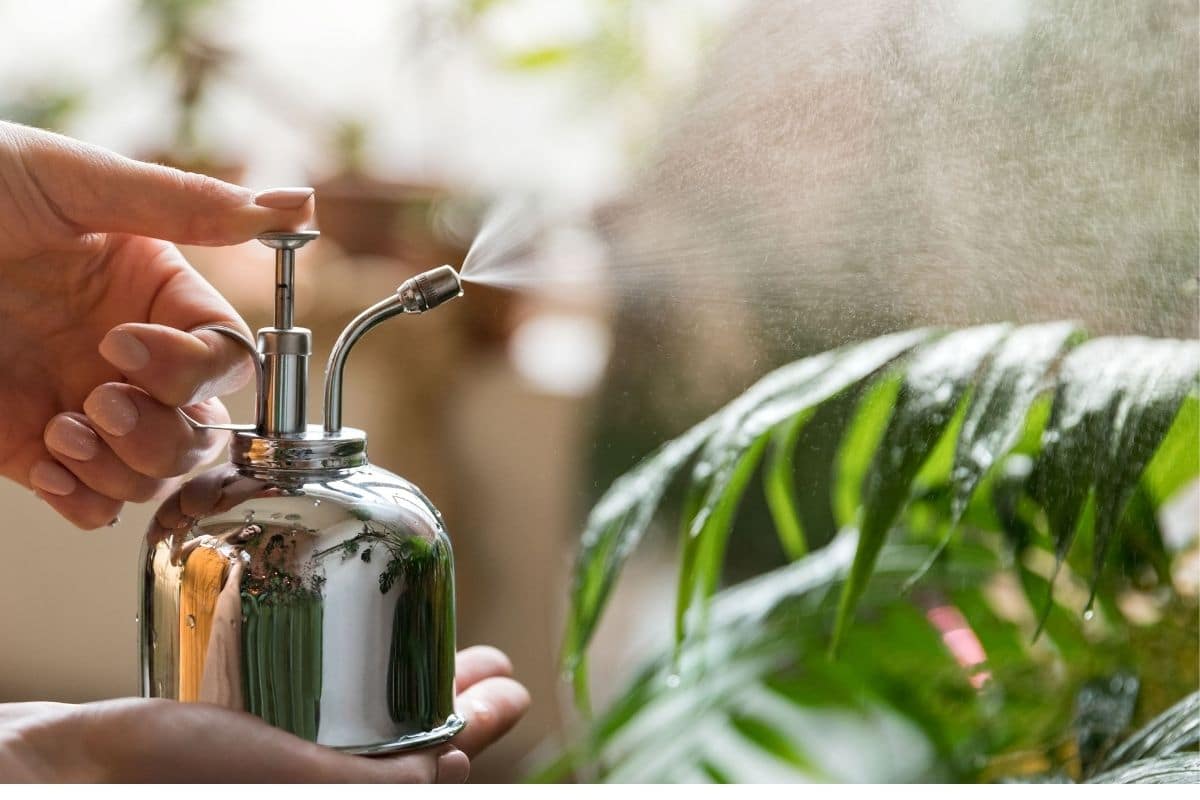
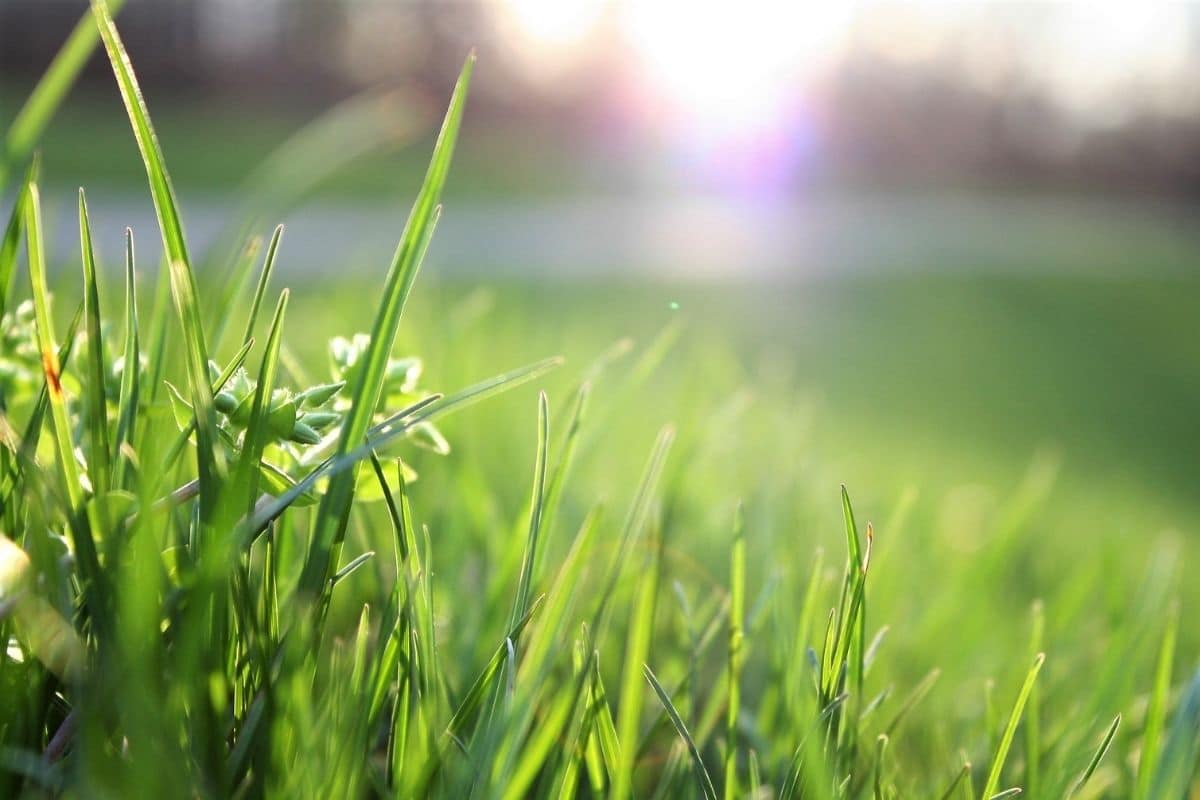
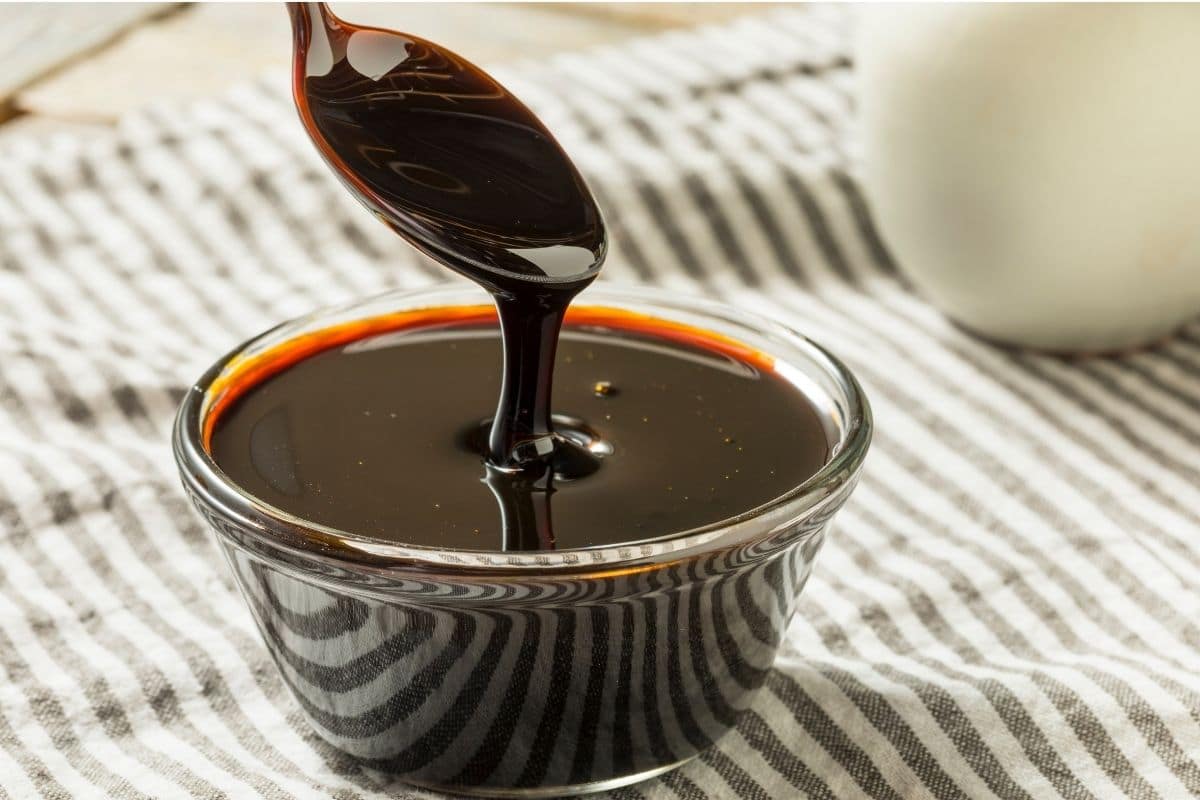
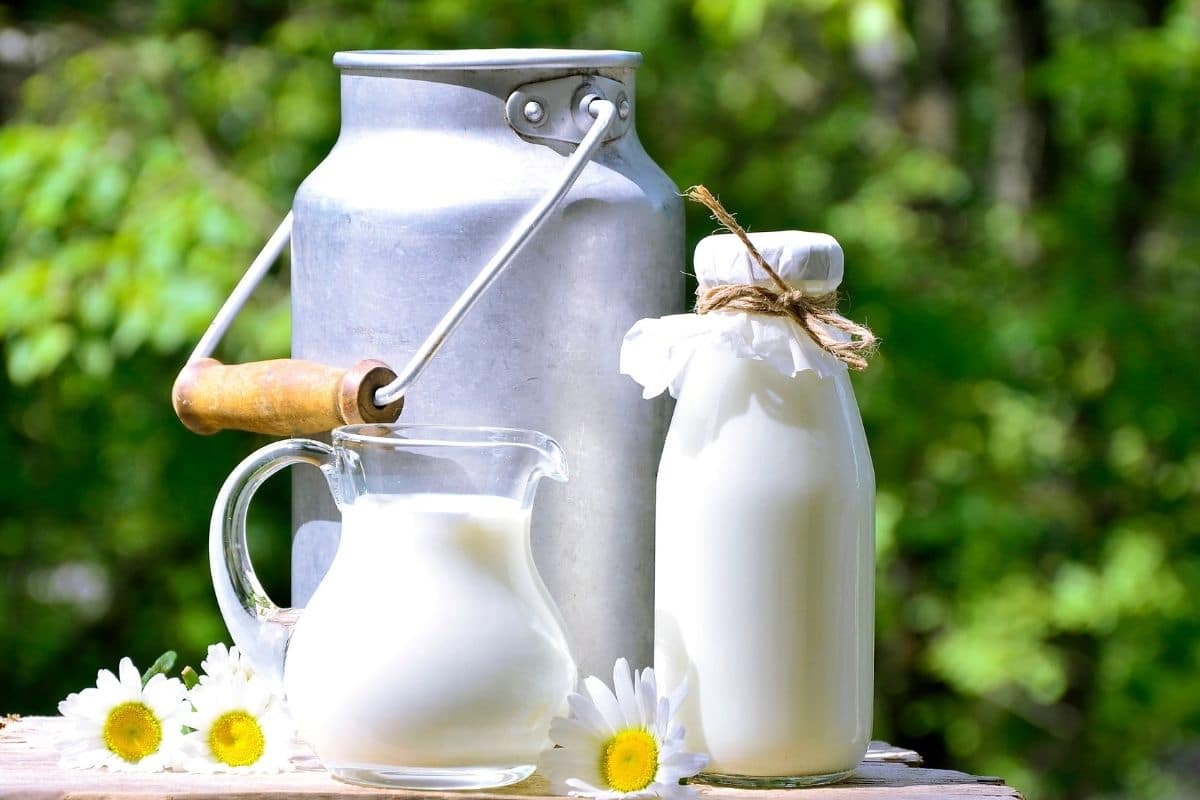
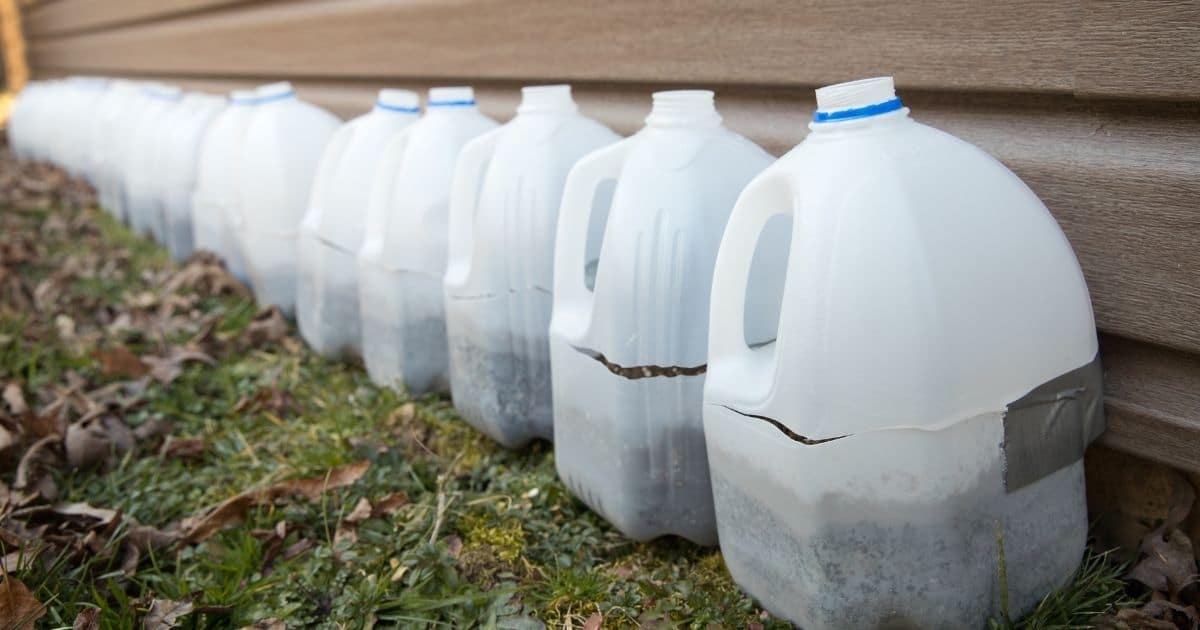




CJJ
WOW THANKS FOR SHARING THE MILK INFORMATION IN GARDEN BUT CAN I USE IT IN POTS AS I ONLY PLANT THEM IN POTS INDOORS
THANK YOU
Charleen Frazier
Thanks, learn something every day !
Anita Mark
Wants to know if all purpose flour can be useful for garden & plants ? I have two 5 Lb bags of flour that was old. Hate to waste it.